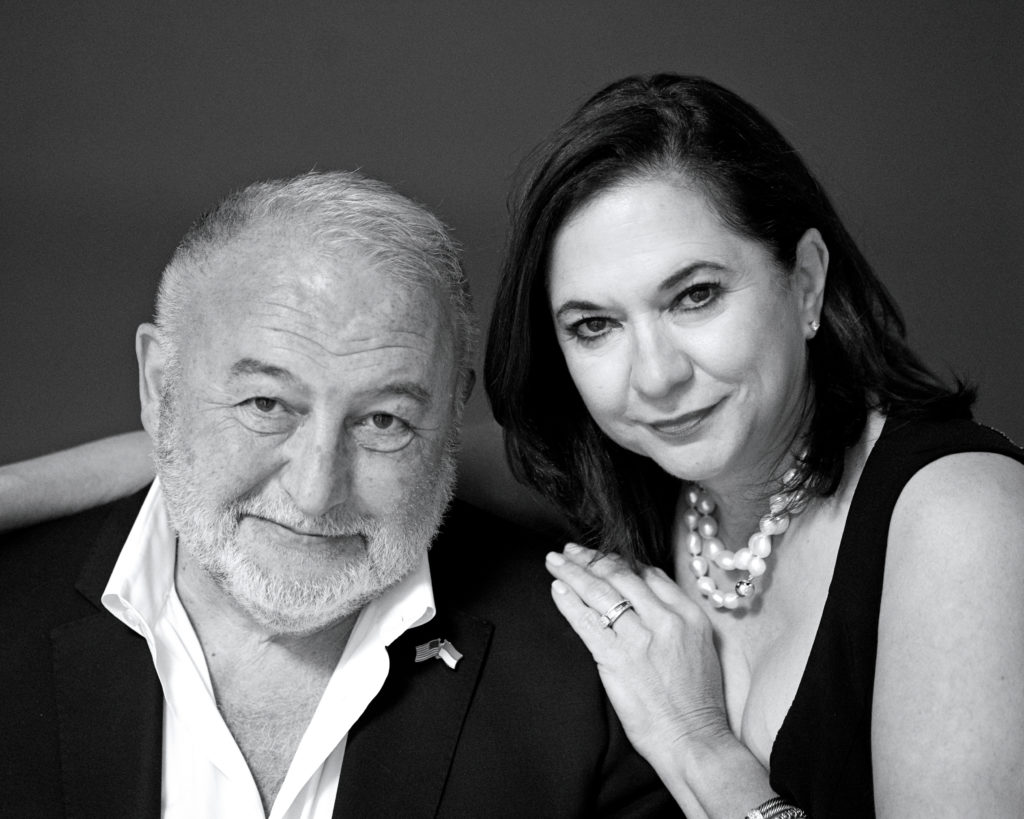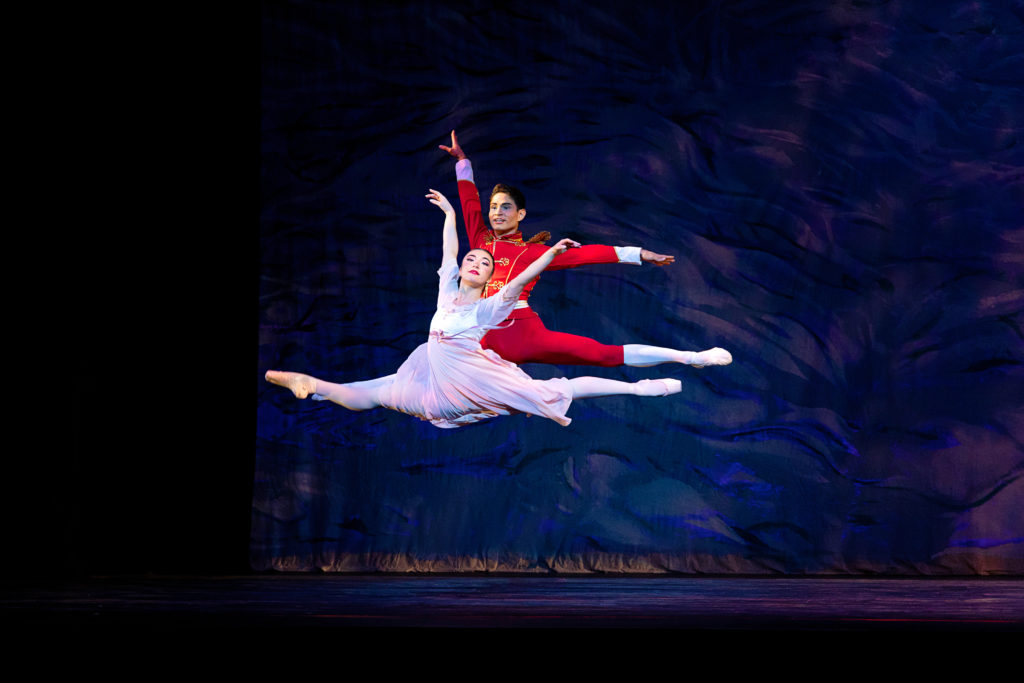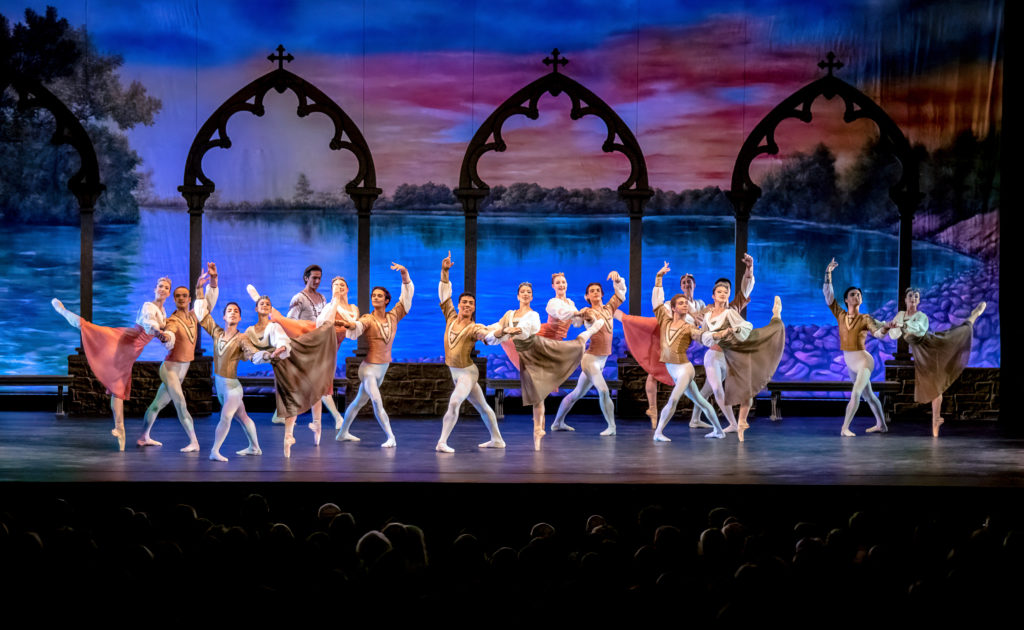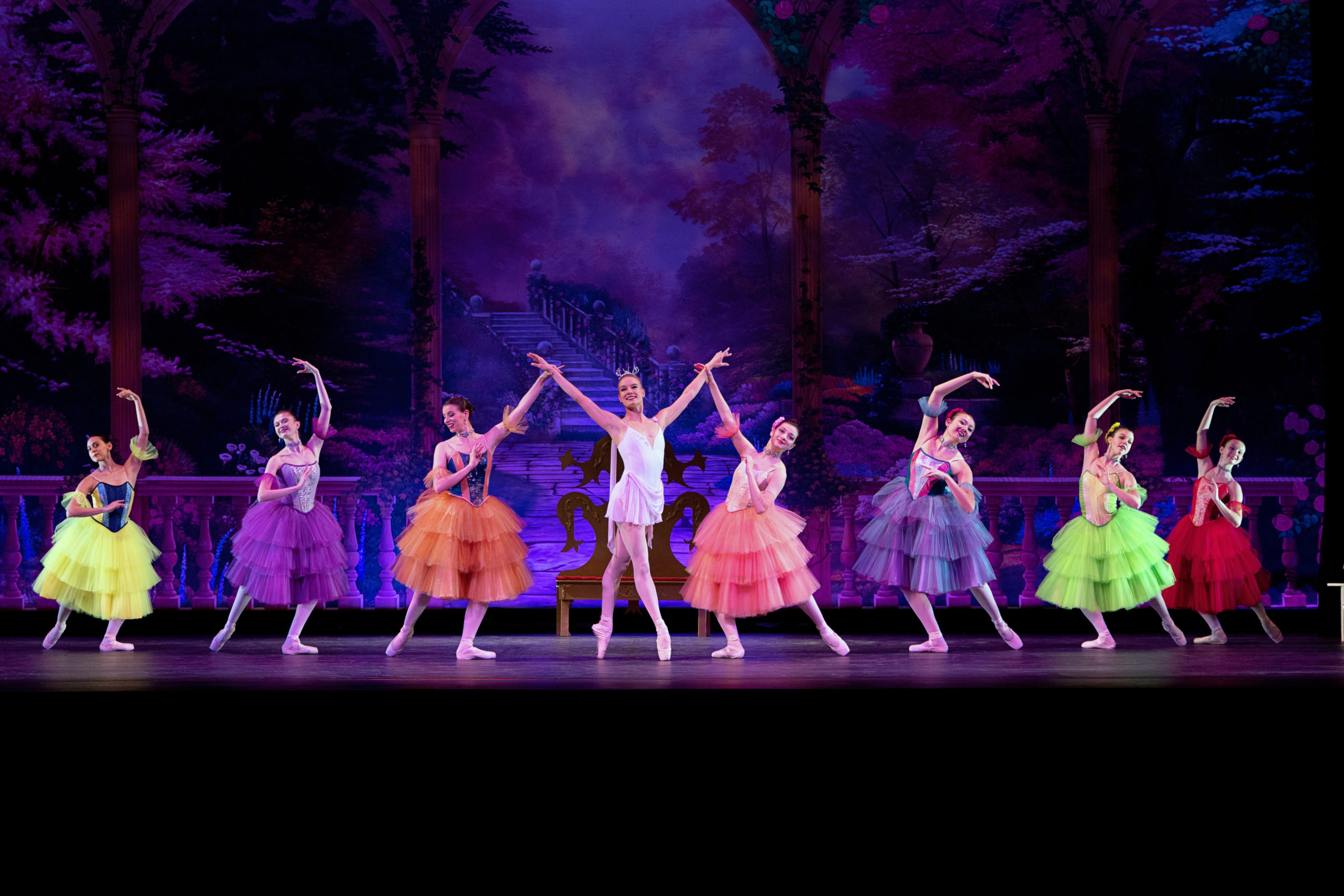Cleveland Ballet: A Familiar Name Is On The Rise Again
Since launching Cleveland Ballet in 2014, co-founders Gladisa Guadalupe and Dr. Michael Krasnyansky have aimed for it to become a pillar of Cleveland’s arts scene. And it has come a long way in a relatively short time. What began as a five-member troupe funded out-of-pocket by Guadalupe and Krasnyansky—who serve as Cleveland Ballet’s artistic director and president/CEO, respectively—is now a company of 32 dancers from nine countries, and with an annual operating budget of $2.8 million.

The current company is the third to adopt the Cleveland Ballet moniker. The first, founded by Sergei Popeloff, ran from 1935–42. The second incarnation was founded by Dennis Nahat and Ian Horvath in 1972; it later became Cleveland San Jose Ballet before closing the Cleveland component in 2000 to become simply Ballet San Jose. Guadalupe, a former dancer with the Nahat/Horvath iteration, says her vision as artistic director has been to continue to mold a professional ballet company that is diverse in repertoire. “A great city deserves a great ballet company,” says Guadalupe. “We wanted ours to perform both classical tutu works as well as those in unitards.”
That said, Guadalupe sees the unranked, nonunion company as one securely in the classical camp, with a repertory steeped in story ballets and neoclassical standards like Balanchine’s Serenade (which the company will perform for the first time in April 2023). Her approach to narrative ballets, however, is to shorten them to two hours, to suit modern audiences, while still maintaining their storylines and most iconic choreography—something she has done quite successfully in recent productions of A Midsummer Night’s Dream, Carmen, Coppélia, Don Quixote and Swan Lake.
The company has been one of the fastest-growing in the country in recent years. And while most ballet companies cut back during the pandemic, Cleveland Ballet increased its dancer roster from 25 to 32 and continued to build its infrastructure. By acquiring neighboring rental space, the organization doubled the size of its Bedford Heights facility to 15,000 square feet, adding a new studio and office space, plus a conditioning room staffed biweekly with one of four physical therapists. The expanded headquarters also includes a dancer lounge/kitchenette, a photography studio, a set-construction and storage area, and a costume shop with a climate-controlled storage system.
Witnessing the company’s evolution over the past eight years has been founding company member Lauren Stenroos, a former dancer with Dayton Ballet. “None of us knew what to expect in the beginning,” says Strenroos. “Over time I have seen the company being built block by block, with the talent level going way up.”

Guadalupe and Krasnyansky, who are married, say the key to growing the company and its artistic standard is balance, particularly with its finances.“Our goal has been to have well-paid dancers with health benefits and who don’t have to have additional jobs to support themselves,” says Krasnyansky. To do that, the company has sacrificed by forgoing elaborate set design and keeping the number of main-stage productions to only what they can afford. (In 2017 it was named resident ballet company at Cleveland’s Playhouse Square, the second-largest theater complex in the U.S.) The company fills out its three to four productions at Playhouse Square with regional appearances, nearby residences and out-of-state tours. Guadalupe says that in the future they plan to commission more ballets—and that some commissions are already in the works. (Past commissions have included Margo Sappington’s Alice and Ramón Oller’s Coppélia.) Further goals are to add more performances to each production series, add more live music to its productions, and increase its roster to 35 dancers.
Another example of balance, says Guadalupe, comes from splitting her administrative duties with being in the studio. “In my experience, an artistic director that is really creating a culture, a repertory and a vision for the future should be in the studio every day,” says Guadalupe, who serves as the company’s primary choreographer and stager. “Otherwise, how are you going to select repertoire? You have to see what the bodies you have are able to do.”

Regarding the company’s dancers, Guadalupe says her expectations are that they foremost be good and dependable people who “evolve as artists, molding their bodies, hearts and brains every day.”
Stenroos describes the atmosphere at Cleveland Ballet as being “an environment where you are encouraged to be yourself as a human being. It’s a family atmosphere where the dancers cheer each other on and have each other’s back.”
Cleveland Ballet at a Glance
- Number of dancers: 32
- Contract length: 40 weeks
- Starting salary: $500/week
- Performances per year: 25
- Associated school: School of Cleveland Ballet
- Trainee program: Two-year program includes class and rehearsals with the company and advanced training with the school’s pre-professional division. Annual tuition: $5,500.
- Website: clevelandballet.org
- Auditions: Cleveland Ballet holds auditions January through March and accepts electronic submissions throughout the year (contact [email protected]) for dancers 18 and over. Men must be 5′ 9″ and up, women 5′ 4″ to 5′ 7″. Clean technique is always a plus, but Guadalupe says the number one thing she looks for in dancers at an audition is “the ability to learn quickly, understand what I am asking for, and give me something of their own.”






